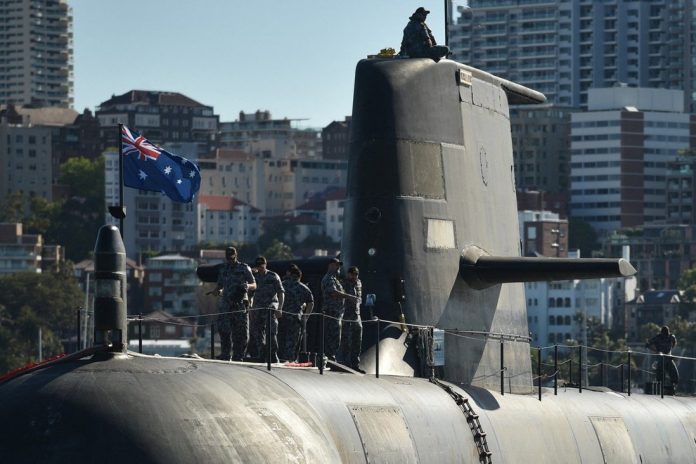- For the US, the pact revitalises its ‘pivot to Asia’, for the UK it projects a ‘global Britain’, and for Australia, it poses more questions than answers, including about nuclear proliferation
- It also betrays unfortunate assumptions about the region’s ability to maintain its own security and highlights America’s one-dimensional focus in competing with China
The Aukus security pact involving the United States, Australia and Britain is not the first time that Western allies have united to project security cooperation in Southeast Asia.
There was the Southeast Asia Treaty Organisation (Seato), set up to combat the threat of communist ideology from China in 1954, and later, the Five Power Defence Agreement (FPDA), which still exists today and is about to mark its golden jubilee. The Five Eyes alliance, originally focused on intelligence sharing, has sought – with the exception of New Zealand – to project a unified view on China’s rising influence.
But Aukus has cast an unwelcome shadow on the region for several reasons.
Aukus, which grants Canberra the technology for nuclear-powered submarines, is clearly an intervention by superpowers outside Asia to protect their national interests. For the US, it represents an ongoing effort to revitalise the “pivot to Asia” strategy initiated by ex-president Barack Obama. For the British, Aukus is part of its post-Brexit strategy to project a “global Britain” and uphold its alliance with the Americans.
For Australia, its embrace of the pact has sparked more questions than answers. It is unclear why it needs nuclear-powered submarines, which are only expected to be ready by the late 2030s, in the first place. Is the concern over an open conflict in the region if Beijing moves to reclaim the self-ruled island of Taiwan by force?
To expedite the building of the submarines, Australia is expected to base the boats on an existing design. Will it choose from the American Virginia-class submarines or Britain’s Astute-class boat? But as Australia does not have a commercial nuclear power programme, how will it maintain a nuclear-powered navy without the high- or low-enriched uranium for the submarines?
There is also the worry that nuclear-powered submarines will be the start of a path towards nuclear weapons proliferation. And if the US and Britain go further to get Australia to host military hardware with nuclear capabilities, it will undermine existing treaties including Asean’s TAC (Treaty of Amity and Cooperation), Zopfan (Zone of Peace, Freedom and Neutrality) and SEANWFZ (Southeast Asia Nuclear Weapon Free Zone) that Australia is bound by.
Given the situation, it is understandable that Asean (Association of Southeast Asian Nations) countries have divided views on the implications of the pact. To some, it will only fuel greater rivalry as China will see Aukus as a direct counter to its influence in the region. This is an additional cause for concern for countries already preparing to navigate more contestation between the big powers across different domains, from cyber capabilities to artificial intelligence to quantum computing.
Unfortunate assumptions
The Aukus pact also reflects the unfortunate assumptions that Western allies continue to have about the region. One is that there is a general underestimation of the capacity of Asean countries to maintain their own security, not solely through military infrastructure and capabilities, but through diplomacy and governance. Ensuring stable political, economic and social conditions is one of the best ways to prevent external intervention and even intraregional tensions.
Second, it once again emphasises Washington’s one-dimensional focus on security priorities in the Asia-Pacific, and third, its prioritisation of military preparedness in facing up to strategic competition with China.
The Aukus pact comes at a time when maritime issues are increasingly featuring as national interest priorities. Gunboat diplomacy – such as the limited projection of naval prowess to attain foreign policy objectives – will increasingly play a bigger role as an instrument of foreign policy.
It would be a mistake for countries to allow this to threaten peace and stability.
After all, the unique nature of the Asian region is such that countries’ national interests in trade and economic cooperation have long intersected despite differences over national sovereignty and jurisdictional disputes.
It is an atmosphere we call zhengleng jingri (“cold politics, hot economics”), where all parties want to maintain trade and investment cooperation, even amid political disagreement. Look at the claimant states in the disputed South China Sea for instance – all seek to still maintain a relationship with Beijing.
So even as the focus of maritime diplomacy is on reshaping the security architecture in Asia-Pacific, we should not overlook the need for it to also encompass confidence-building measures.
By René L Pattiradjawane / South China Morning Post




